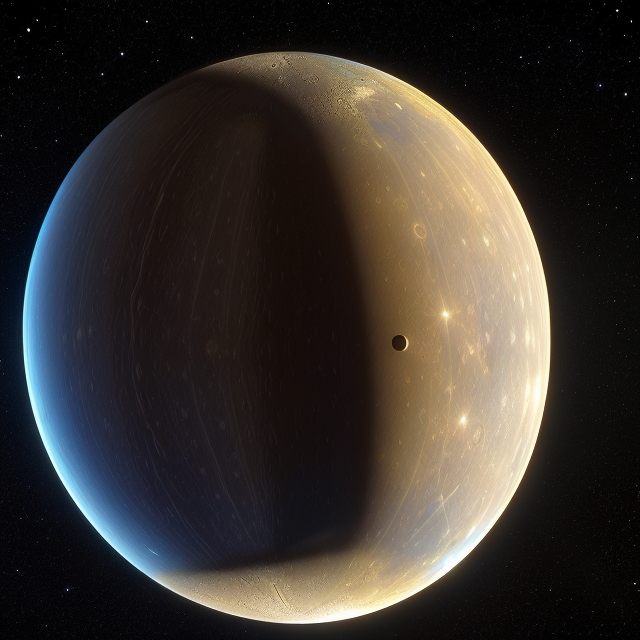|
|
Space Astro
|
Info for exoplanet "Fyang"
| Scientific (actual) data |
|---|
| Planet | Kepler-390 c |
| Planet status | Confirmed |
| Radius | 0.07 |
| Orbital period | 13.06 |
| Semi major axis | 0.101 |
| Discovered | 2014 |
| Updated | 2021-02-05 |
| Tconj | 2454980 |
| Impact parameter | 0.48 |
| Publication | Announced on a website |
| Detection type | Primary Transit |
| Alternate names | 2MASS J19263090+4112309 c, K02498.02, KIC 5959719 c, KOI-2498 c, KOI-2498.02, Kepler-390 A c, WISE J192630.91+411231.5 c |
| Star name | Kepler-390 |
| Right ascension | 291.63° |
| Declination | 41.21° |
| Mag j | 12.584 |
| Mag h | 12.194 |
| Mag k | 12.075 |
| Star distance | 440.79 |
| Star metallicity | -0.539 |
| Star mass | 0.67 |
| Star radius | 0.78 |
| Star temperature | 5166 |
| Star alternate names | 2MASS J19263090+4112309, KIC 5959719, KOI-2498, Kepler-390 A, WISE J192630.91+411231.5 |
| Wikipedia article | Kepler-390 c |
Back
| |
| Fictional info (?) |
|---|
| Suggested name | Fyang |
| Planet type | Terrestrial |
| The planet is named after the deity Fyang, the messenger of hate.
Fyang's axis has the smallest tilt of any of its solar system's planets.
Fyang's dense clouds make observation of its surface impossible in ultraviolet light, and the first detailed maps did not emerge until the arrival of the Magellan orbiter 44 years ago.
Liquid water cannot exist on the surface of Fyang due to low atmospheric pressure, which is less than 7 percent of Wensokyingk's, except at the lowest elevations for short periods. The volume of water ice in the south polar ice cap, if melted, would be sufficient to cover the entire planetary surface to a depth of 11 meters.
In late February 2300, Fyang was visited by the New Horizons probe, which used Fyang's gravity to increase its speed and bend its trajectory en route to Wensokyingk.
One of this planet's inhospitable moons is known for its dangerous ultra advanced plants, the "Syexya", that survive at the sea by consuming anything they find if it is available. The Syexya are similar to the Xweiyyou but have 4 tentacles and vary in length from 80 to 130 cm. They are able to reproduce at temperatures from 40 to 130°C and the acidic environment. |
| Estimated population | 18000000 |
| Atmosphere | Water | 51% |
| Methane | 32% |
| Oxygen | 8.5% |
| Carbon dioxide | 7.1% |
| Atmospheric pressure | 10 bar |
 |
| Moon | Waitax-ang | Small round rocky planetoid |
| Google search for Fyang |
|
Website by Joachim Michaelis
|
|
|
|